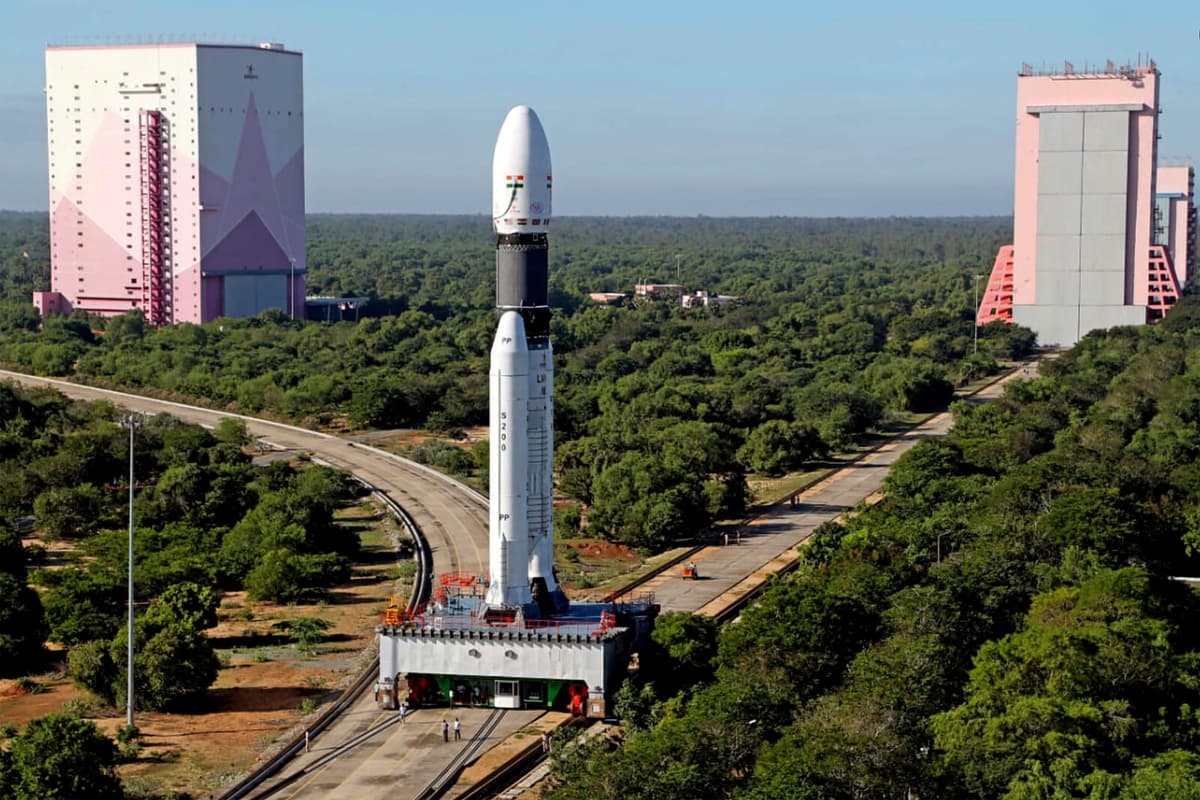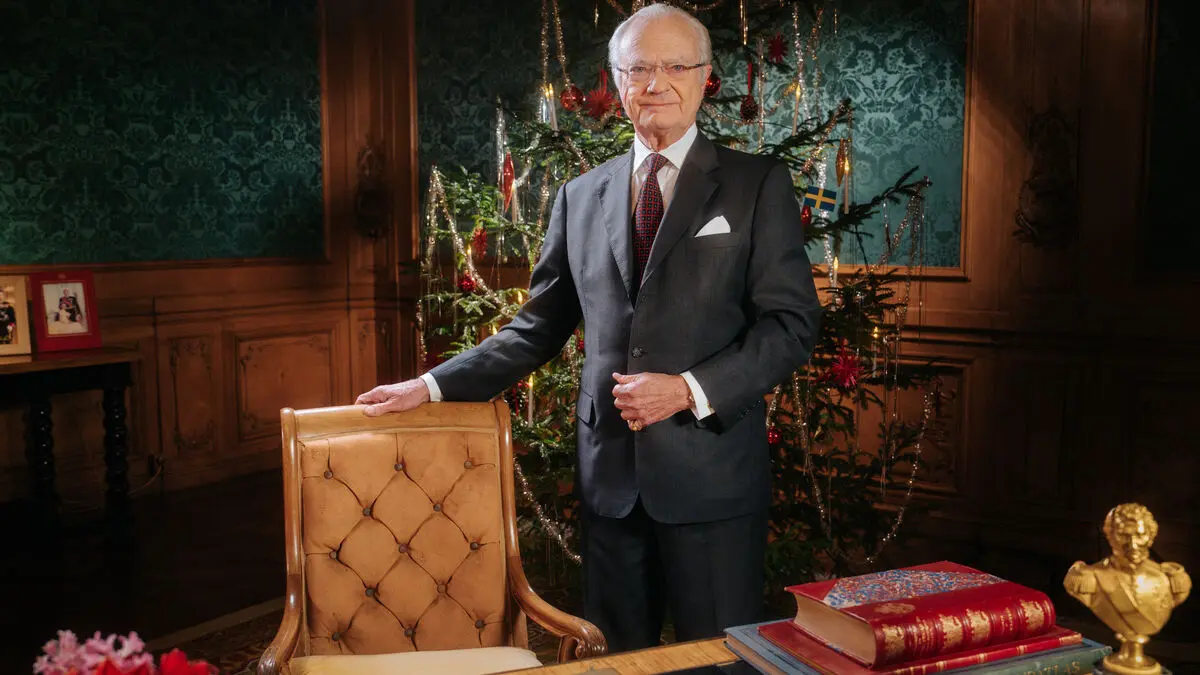With the achievement, which comes after two postponed attempts, India joins a small group of countries that have previously accomplished a similar docking – the USA, the Soviet Union/Russia, and China.
The two Indian satellites were launched in December and were then placed in slightly different orbits. On Thursday, they were controlled from Earth together, in what the Indian Space Research Organisation ISRO calls a precision maneuver.
"A historic moment", writes ISRO on X and states that the two satellites are now controlled as a single unit.
Prime Minister Narendra Modi congratulated the Indian researchers who worked on the project. "A significant step for India's ambitious space program", he writes.
Two years ago, Modi said that India would have a space station by 2035 at the latest and land an astronaut on the moon by 2040.
India started its space program in the 1960s and has launched many satellites, both its own and for other countries.
In 2014, the country successfully placed a space probe in orbit around Mars, and in August 2023, India's moon probe Vikram landed at the moon's south pole. It was the first time humans had achieved a soft landing in that area of our nearest celestial neighbor.
And just weeks after the moon landing, India aimed even higher: The probe Aditya L1 was sent to study the sun.
The expeditions were described as low-cost efforts compared to what the USA, among others, has invested in its space program.





